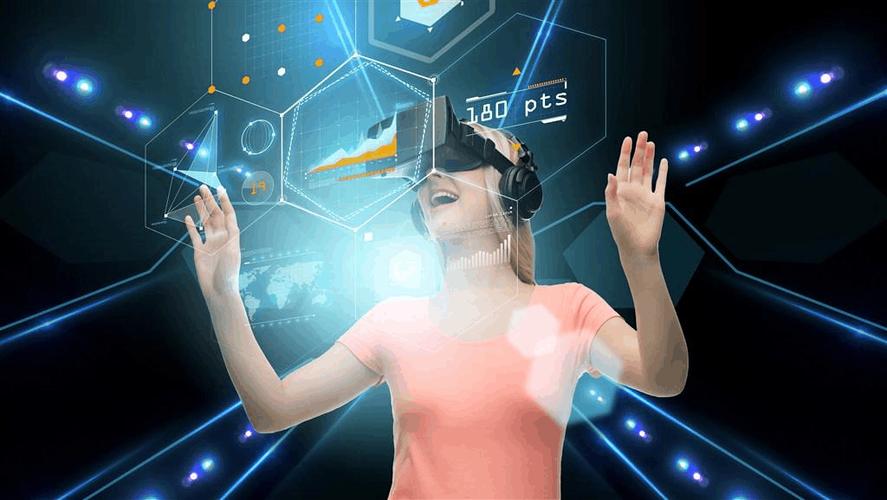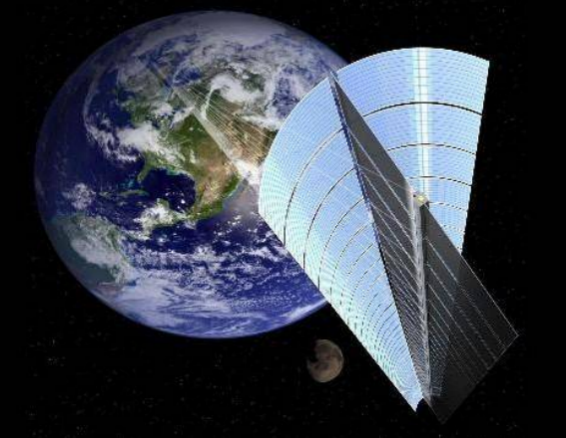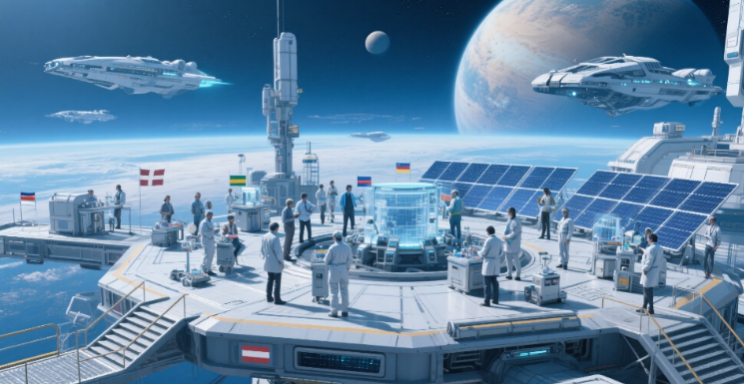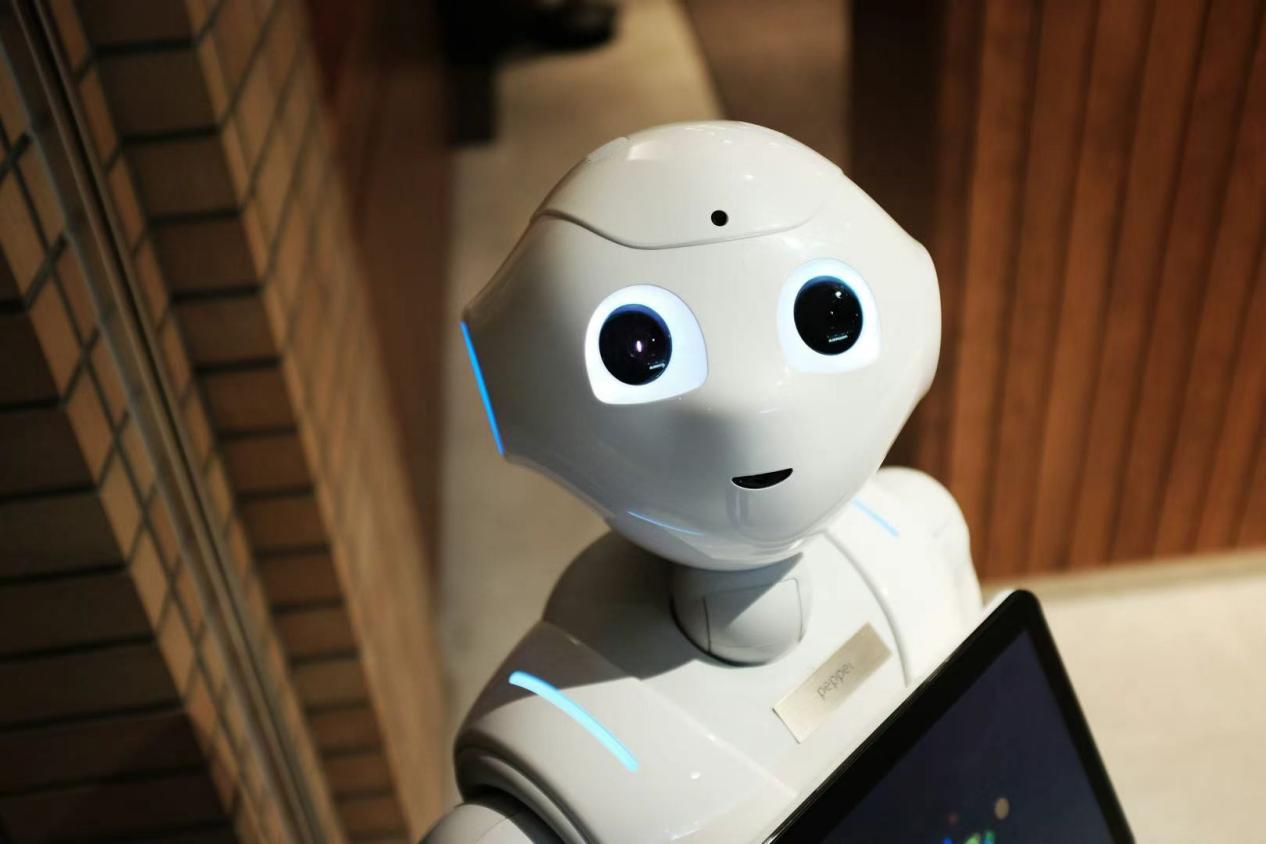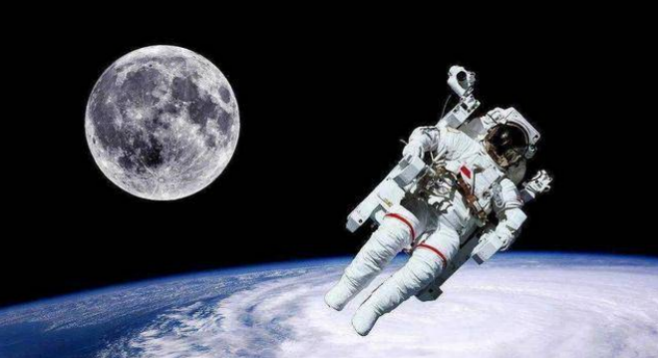Beyond the Finish Line: What Robot Runners Teach Us About the Future of AI
Imagine lining up for a half-marathon. Your heart races, your legs feel the pre-race jitters, and the thought of 21.1 kilometers stretches ahead like an endless road. You anticipate the pain, the fatigue, the mental battle against self-doubt. Now, picture your competition: two-legged machines, devoid of muscle ache, lung burn, or second thoughts. This intriguing scenario played out in April 2025 in Beijing, marking a world first: a half-marathon featuring humanoid robots running alongside human athletes.

Twenty-one bipedal robots from twenty teams tackled the challenging course, which included everything from flat asphalt to bumpy roads and varying slopes – a far cry from controlled lab environments. The spectacle offered a unique window into the current capabilities and hurdles of bringing artificial intelligence into the dynamic, unpredictable physical world.
The results were illuminating. While the human winner crossed the finish line in a swift 62 minutes, the fastest robot, "Sky Project Ultra" from the Tien Kung Team, took significantly longer, finishing in 2 hours and 40 minutes – more than double the human champion's time. Some robots stumbled at the start, others veered off course, hitting railings, highlighting the raw, experimental nature of the event. These aren't marathon champions yet; they're more like toddlers learning to walk on a complex, real-world playground, occasionally falling but constantly trying.
Yet, focusing solely on the time misses the point. The race wasn't just about speed; it was a rigorous test of embodied intelligence – the ability of a robot to navigate, balance, and perform complex actions in a physical space. Getting these intricate machines, some weighing around 55kg and standing 1.8m tall, to run continuously for 21 kilometers on varied terrain required remarkable engineering and sophisticated algorithms. Teams worked tirelessly, providing support, navigation, maintenance, and even swapping batteries mid-race – something human runners surely envied.
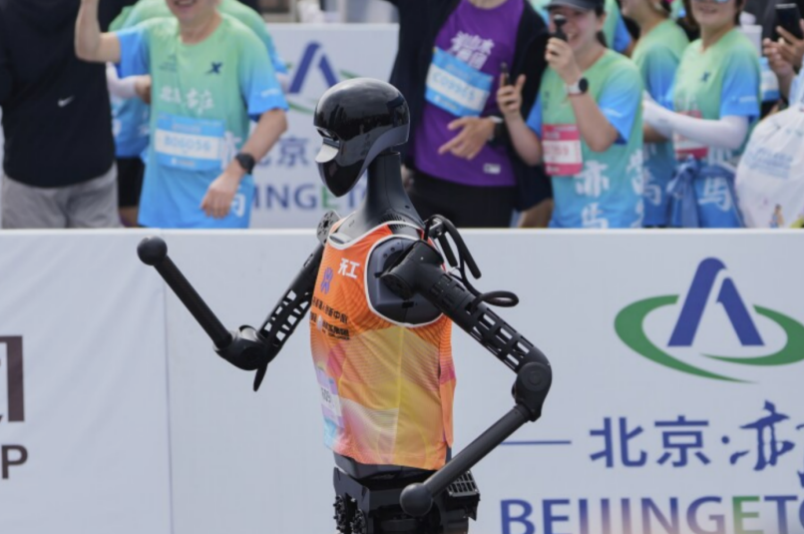
The winning robot, "Sky Project Ultra," utilized wireless navigation and advanced path planning, adjusting its speed and direction in real-time. Its success was attributed partly to physical design like long legs, but crucially, to algorithms specifically programmed for long-distance running. Other teams shared insights into their development, mentioning improved stability, energy efficiency, and sophisticated motion control algorithms. One particularly fascinating detail involved borrowing principles from human biomechanics, like how tendons regulate tension during long-distance running, to improve gait stability and fluidity. This blend of studying human biology for engineering solutions is a powerful analogy for innovation – looking to nature and existing systems for blueprints.
This robot half-marathon, while seemingly a small step in terms of race performance, represents a giant leap for robotics and AI development. It's a critical bridge, pushing technology out of controlled labs and into the messy reality of the outside world. Think of it like sending software from a simulated test environment to run a complex system in the real world – unexpected challenges arise, requiring robust, adaptive solutions. The race serves as a vital testing ground, accelerating development in areas like walking, running, coordination, and navigation.
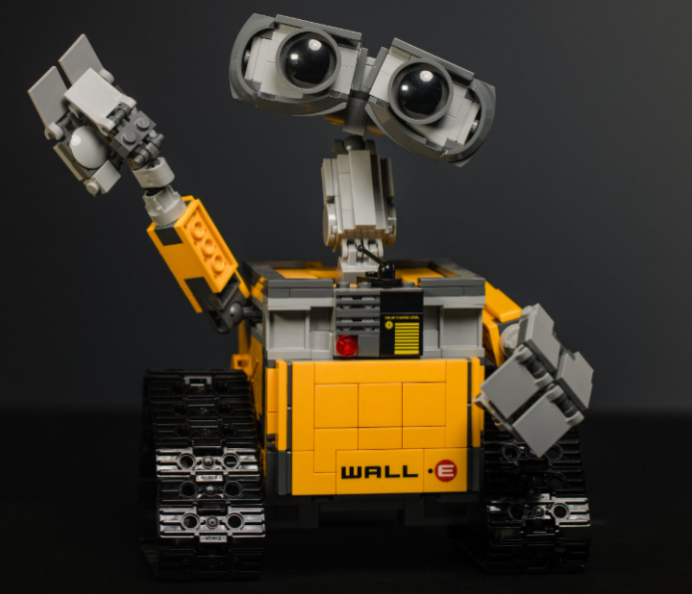
What can we take away from this unprecedented event? Firstly, progress often involves visible struggle and failure before success. The falling robots are not symbols of failure, but markers on the path of iterative development. Secondly, the future of AI in the physical world is deeply intertwined with intelligent hardware and sophisticated software working in concert, often inspired by biological systems. Finally, events like these are not just races; they are catalysts driving innovation, attracting investment, and opening up a "blue ocean market" for humanoid robots with real-world capabilities. As these machines become more capable, their potential applications, from logistics and manufacturing to assistance and exploration, expand dramatically. The finish line of this marathon is just the starting line for a future where robots are increasingly part of our physical world.
(Writer:Weink)
